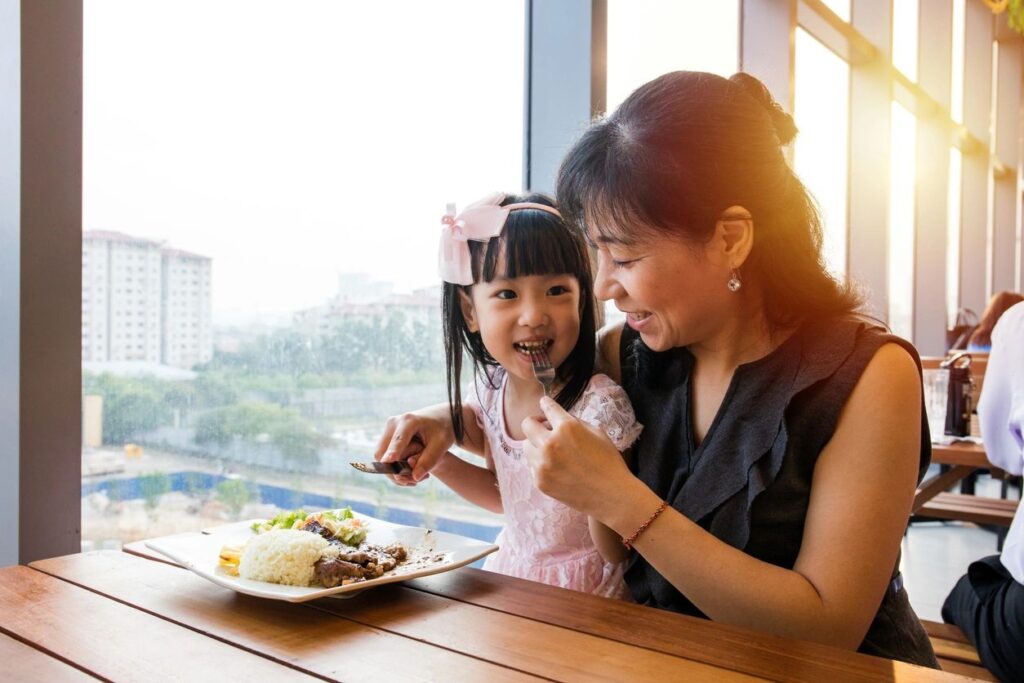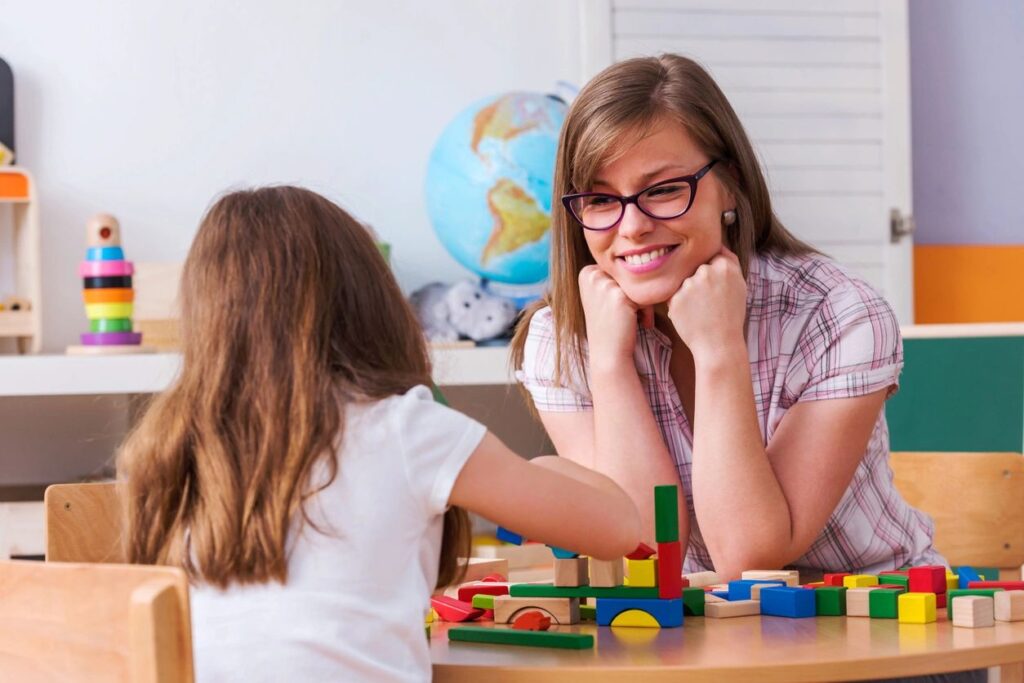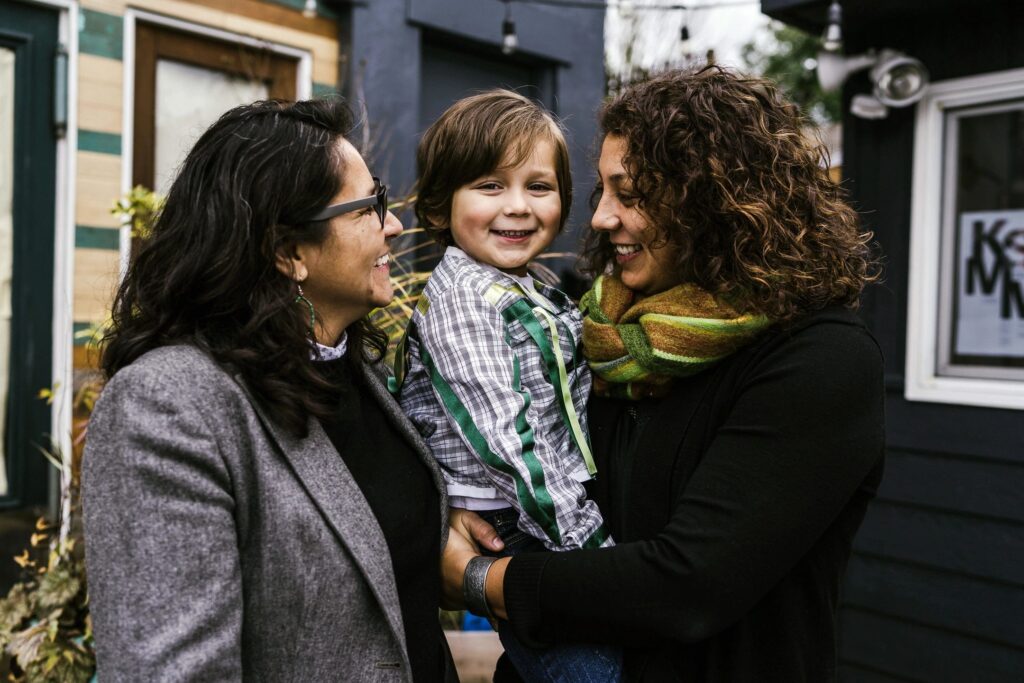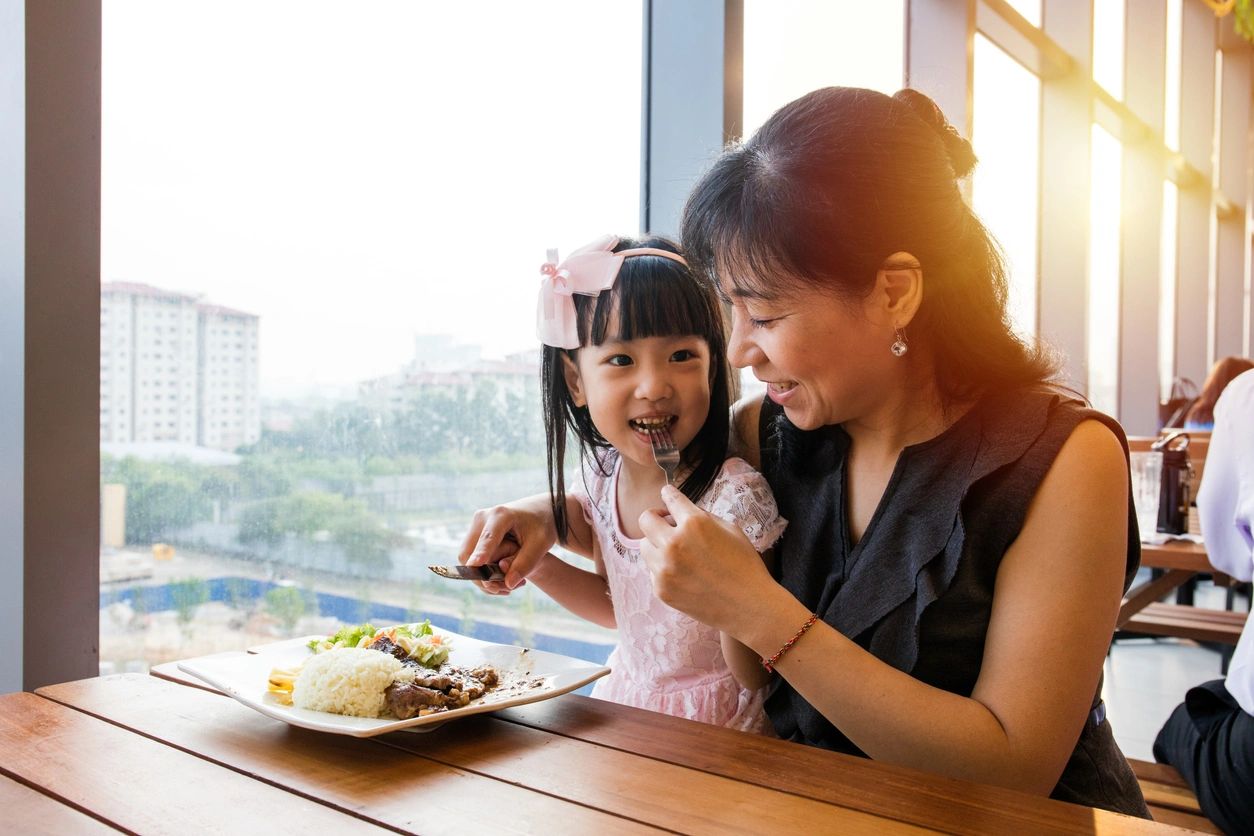
Attachment theory (created by the work of John Bowlby) is the foundation of my therapy practice and the more I learn about it, the more I want to share the information with clients. I can’t tell you how many times a client has had a profound “A-Ha!” moment when I explain some aspect of attachment theory and how it is still manifesting in their current life circumstances. Once a client understands their attachment style and pattern, profounds shifts happen such as letting go of shame, letting go of the belief that “I’m crazy,” and realizing that everything that’s happening finally makes sense. As with any psychological framework, it’s complex and takes a long time to fully grasp. However I want to at least attempt to unpack it and present the basics in a simple manner so that hopefully readers will at least begin to understand themselves a bit better and be curious about learning more. There are four attachment styles and each has distinct characteristics. It’s helpful to be familiar with all four styles because you will probably find you can relate to most of them to one degree or another. Here are the four attachment styles: Secure, Ambivalent/Anxious, Avoidant, and Disorganized. This blog is just going to focus on Secure attachment because it will be way too long if I tackle all four types at once. I’m currently working on other blogs to address the other 3 types so check back soon!
So let’s start with the happier, warm fuzzy stuff. Secure attachment, in case you have never heard the term, refers to relationships with primary caretakers who are predictable, trustworthy, and unconditionally loving. Parents who set age-appropriate boundaries, keep their promises, give lots of hugs and piggy back rides, and are able to tune into a child’s feelings and emotional needs are just a few aspects of secure attachment. The home environment itself feels calm, safe, and enjoyable. When children feel completely safe and supported at home, then they feel fine exploring the world outside the home. Kids who are confident and happy overall come from stable homes and securely attached parent relationships. Here’s a metaphor I like to use: secure attachment is like a sturdy tree with large roots that extend deeply into the earth and spread out as far as the branches span. This tree can bend a lot and survive even intense wind and rain since the rooting system is solid. Now picture a smaller tree with a weaker rooting system that doesn’t anchor the tree very well. The trunk is smaller, the branches or more delicate, and it is a lot more vulnerable to wind, rain and other extreme weather conditions. It is less resilient and is likely to break, not bend, under turbulent conditions. From my perspective, a primary goal of therapy is to strength and deepen the rooting system which then creates more resilience and ability to better handle whatever life may bring.

Secure attachment is what every child deserves but unfortunately, many don’t get it. If every child had secure attachment from at least one parent from the beginning, I’d be out of a job pretty quickly. Folks who grow up with secure attachment from two primary caretakers usually don’t end up in long-term therapy, and in general are able to navigate the ups and downs of life pretty well. They tend to attract emotionally available romantic partners easily and don’t have a string of unhealthy relationships. They don’t engage in self-harming behaviors and generally are confident, content with themselves, enjoy life, and have meaningful friendships. Sounds pretty good, right? I’m sure you can think of at least a few people you know who just feel good to be around and seem happy a lot of the time. Not to say that they don’t have challenging life circumstances or emotionally difficult times, but that they seem to be more resilient and be able to maintain perspective regardless of what they are facing. Even when they are going through a hard time, they don’t engage in self-harming behavior and instead rely on healthier sources of support and self-soothing. Are these people special in some mysterious way? It may appear that way but the reality is that our early childhood experiences and especially our relationships with primary caretakers make lasting imprints and effect us throughout our lives in ways we might never have imagined. The hopeful news is that even if you didn’t have secure attachment in childhood, it’s never too late to experience it in adulthood.
It is a well-known fact in the mental health world that the #1 predictor of effective therapy has nothing to do with which theoretic framework or specific technique a therapist uses, or what their education or clinical experience has been. Rather, the magic ingredient to successful therapy is a trusting and genuine relationship between the therapist and the client. The idea here is that hopefully, the therapist is able to provide a predictable and safe “holding environment” for the client so that the client has an experience of secure attachment perhaps for the very first time. When this can happen, and it evolves over time just like any other relationship, then the client has a reparative experience and is able to benefit on multiple levels since it then ripples out into other aspects of the client’s life. Now of course I don’t give piggy back rides, but what I do provide is a safe, nurturing and warm environment for clients to be fully seen, heard, and witnessed with compassion and non-judgment. We never outgrow our desire and ability to form a secure attachment regardless of our early childhood relationships because it is “hard-wired” into our DNA to connect with others in order to survive. The longer a client stays in therapy, the stronger the relationship becomes and deeper healing happens. If I didn’t see real and lasting change in the people I work with, I would have quit this field long ago. I believe deeply in the power of the therapeutic relationship to heal childhood wounds. It is through relationships that many of us were hurt, and it is through relationships that we can heal. At its core, therapy uses basic human connection and emotional intimacy to facilitate healing and change. Feel free to contact me and schedule your free consultation today!

